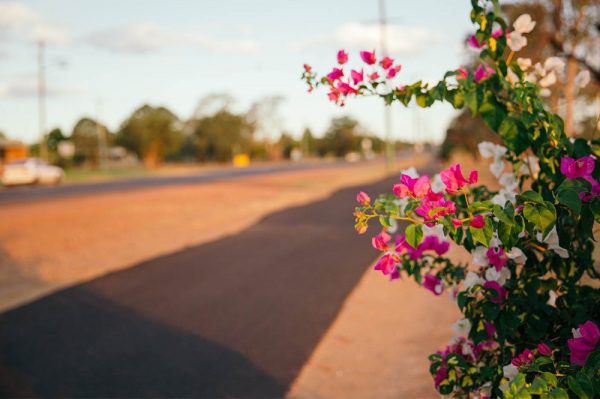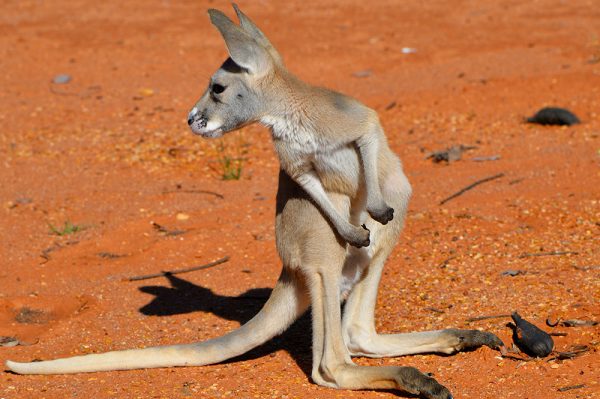Pre-trip Planning
A little bit of preparation goes a long way in the Outback – ensure you have a good map and plan ahead. It’s a good idea to calculate travel times and distances between stops, even preparing alternative routes, especially when travelling during the Australian summer (Nov – Apr) when rain and storms can impede travel plans.
Fuel up
On major highways fuel stops are rarely more than 200km apart so it should not be necessary to carry spare fuel. However, where you do see “no fuel” signs, it means exactly that. Ensure that your vehicle is mechanically sound, carry a first aid kit, ample water and spares such as tyres, radiator hoses and fanbelts, together with a good tool-kit. Ensure that your spare tyre is at the correct pressure.

Road Conditions
Contact the local Visitor Information Centre in the town that you are visiting, or visit the Queensland Government Traffic and Travel Information Website www.131940.qld.gov.au, or call 131 940 for current road conditions.
Stay in Contact
If you’re travelling remotely it’s always a good idea to let someone know where you’re going, and when you plan to get there. Keeping in touch is not as hard as you might think, via phone or radio. See more information on Outback communication.
Heavy Vehicles & Road Trains
Care should be taken when passing and overtaking road trains and heavy vehicles, including other caravans. Ensure you have a clear line of sight, allow plenty of room and be prepared for vehicles to move a little from side to side as you overtake. If a road train is approaching to overtake you, move as far to the left as possible and stop if necessary to allow it to overtake safely.
Caravans
If you are a member of a ‘caravanning convoy’, don’t travel too close together. Other road users will become frustrated if they are unable to overtake safely. The law requires caravans and other large vehicles, outside a built-up area, leave at least 60 m between each other. The distance is 200 m in a road train area.
Single Lane Driving
When meeting road trains and heavy vehicles on single lane roads, slow right down and move off the road to the left. If it is safe to do so, move off the road entirely and stop to avoid driving into any obstacles on the verge. In wet conditions road verges tend to be soft and/or slippery, so when pulling off to the left you should always keep your right wheels on the bitumen and keep moving slowly to avoid getting bogged.

Animals
Animals often feed beside outback roads. Please be especially careful at night, sunrise and sunset. Emus will often run beside a vehicle and swerve at the last minute. Kangaroos are unpredictable, if one does jump in front of you, don’t over react. An animal impact may be less harmful than attempting to swerve.
Minimal Impact
Depending on how you drive, you can be a welcome visitor or someone who causes careless damage to roads and wildlife. Follow these tips for low impact driving.
- Stay on existing roads and tracks
- Give way to animals. Parks and forests are for their protection
- If you get stuck, try not to use trees for winching. If you have no choice, use tree protectors.
- Wash your vehicle thoroughly before and after trips to prevent the spread of weeds.
Fatigue and Night Driving
Long distances and stretches of unchanging landscape can make a driver very tired. Avoid driving at night as much as possible, kangaroos and other wildlife are much more active at night and are harder to see on the roads. Your chances of fatigue are also greatly increased.
Stay on Track
Stay On Track Outback is a road safety initiative of the Queensland Police Service and has all the links and info you need to prepare for your Outback adventure. For even more info on staying safe on the road see the Department of Transport and Main Roads’ tips on driving in the outback.
Water Safety
Water crossings are not recommended and should not be attempted if you are uncertain of your vehicle’s capabilities. Walk through the crossing first – test the depth and current and try to detect any underwater obstacles by using your feet or a stick. Engage Low 4×4 and drive through in second or third gear, keeping the momentum up.





